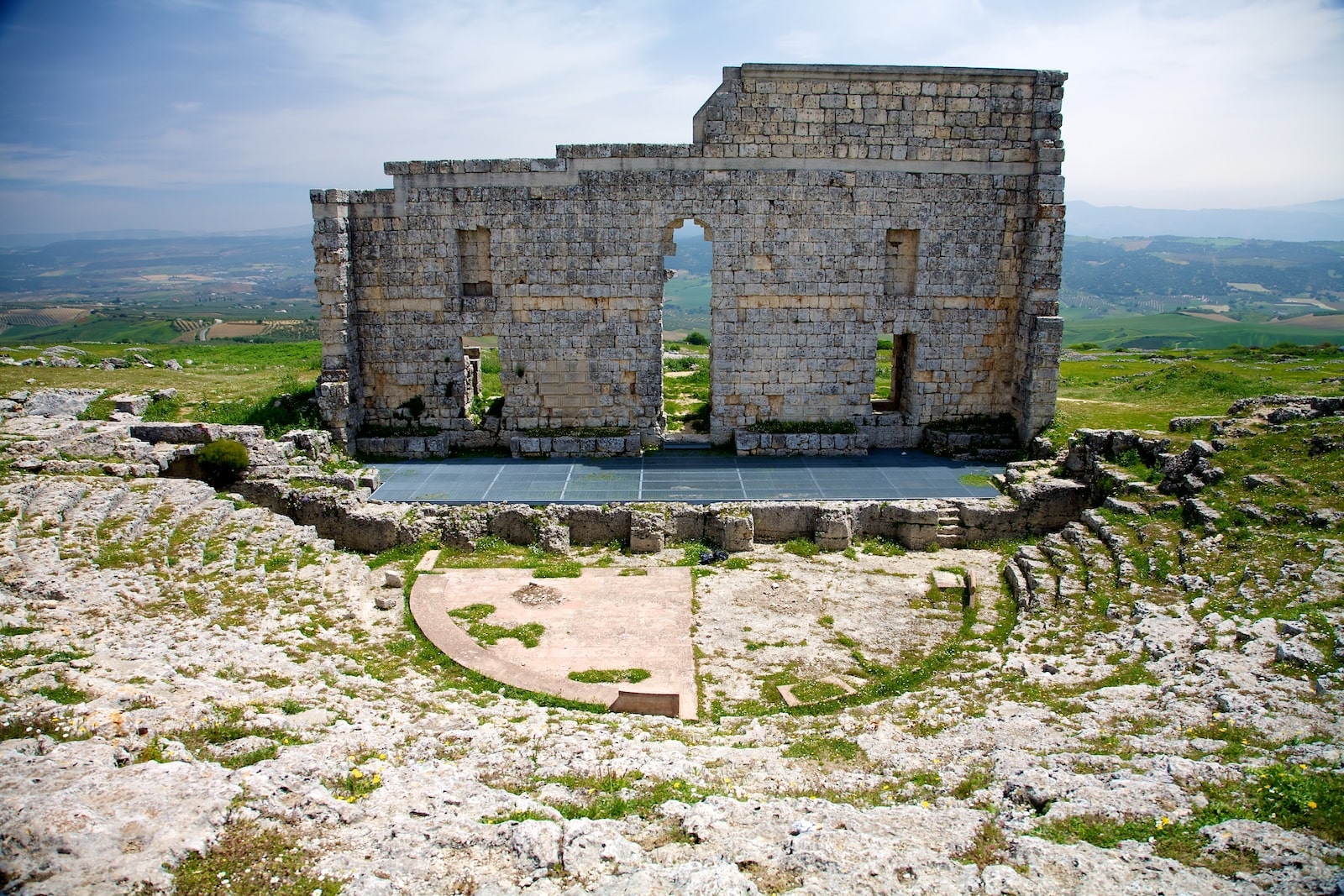Home. (Wounded Heritage project. Mgmt: Nuria Rodríguez Ortega. iArtHis_LAB Research Group). Available at https://patrimonioherido.iarthislab.eu/en_US/home/ [19 de April de 2024 05:03]
Antonio Cruces Rodríguez. Universidad de Málaga.
APA
Cruces Rodríguez, A. (04/19/2024). Home. Patrimonio Herido. https://patrimonioherido.iarthislab.eu/en_US/home/
MLA
Cruces Rodríguez, Antonio. "Home". Patrimonio Herido, iArtHis_LAB Research Group, 04/19/2024, https://patrimonioherido.iarthislab.eu/en_US/home/
Harvard
Cruces Rodríguez, A. (2024) 'Home', Patrimonio Herido, 04/19/2024. Available at: https://patrimonioherido.iarthislab.eu/en_US/home/ (Accessed: 01/30/2021)
Turabian
Antonio Cruces Rodríguez, “Home”. Patrimonio Herido. 01/30/2021. https://patrimonioherido.iarthislab.eu/en_US/home/
→ PHOTOCOMPLAINT
IMPORTANT: It is NOT necessary to register as a user to send a photoreport
In the seventh and eleventh points of the 2016 resolution[1] of the thirty-third session of the Human Rights Council of the United Nations General Assembly, it was neatly settled the need to “seek innovative means and best practices, at scale national, regional and international, to prevent violations and infringements of cultural rights, and to prevent damage to cultural heritage, both tangible and intangible, and mitigate the damage caused” and states were invited to “adopt effective strategies to prevent the destruction of cultural heritage by, inter alia, ensuring accountability, documenting the cultural heritage within their jurisdiction, including through digital means, implementing educational programmes on the importance of cultural heritage and cultural rights”.
In this document, aimed primarily at countries in armed conflict, the UN clearly established several guidelines that should be used to guide the actions of public powers, in particular, and of societies, in general, regarding the huge inheritance received from past generations.
Explaining and pinning down in this regard, Magdalena Pasikowska-Schnass, of the Research Service of the European Parliament, collected in an executive summary of 2018[2] the most beneficial effects carried out by an adequate cultural policy has on the society that practices it, which in synthesis can described in the following items.
- enhances the uniqueness of such places and provides narratives for cultural tourism
- contributes to job creation directly in the heritage institutions (300 000) and indirectly in related sectors (7.8 million), by a ratio of 1 to more than 26
- boosts creativity and innovation through digitisation and its creative uses
- generates revenues from ticket sales, tourist activities and increases in property value
due to cultural heritage preservation and maintenance - is a key element in the sustainable regeneration of historic areas
- stimulates education and learning, and the understanding of history
- helps build social capital and the feeling of belonging, and contributes to social
cohesion - preserves the environment by helping combat climate change: it often happens that
renovated pre-1890 buildings have superior energy efficiency standards than modern buildings
Strongly committed to these principles and guidelines, transcending undoubtedly the narrow limits of the immediacy of results but whose long-term benefit for any human group is undeniable, the Department of Art History of the University of Málaga, particularly through iArtHis_LAB research group and its initiatives TransUMA and TransUMA Tech, contributes its effort in such a fruitful endeavor through Wounded Heritage.
A substantial group of professors from the Department, with wide curricula endorsing their work in the heritage field both nationally and internationally, have embarked on an activity, where students of Art History and Tourism degrees actively participate, and whose benefits by setting up itself in an authorized, clear and scientifically endorsed voice, of those pieces abandoned, ignored, postponed or even directly threatened in their wholeness by public powers and private initiatives, either by action, or by omission, time, as supreme judge to remove and grant reasons, it will surely show.
From these pages, the DHA of the UMA and iArtHis_LAB invite anyone feeling itself involved in a so overriding work for the social health and wellness of future generations to participate by informing about any risk that they could have heard about. In this way, and as Leonardo J. Sánchez-Mesa Martínez [3] points out, “the question of the defense and conservation of Heritage ceases to be the expression of a desire of thinking elites (a scenario typical of other historical moments and of other previous socio-political models) to become a vindication of popular sentiment that sees in its monuments and other cultural assets the reflection of something that is inherent to its identity”.
- United Nations. General Assembly. Human Rights Council. Resolution 33/20 approved by the Human Rights Council on September 30, 2016: “Cultural rights and the protection of cultural heritage” (A / HRC / RES / 33/20). Available at https://documents-dds-ny.un.org/doc/UNDOC/GEN/G16/227/58/PDF/G1622758.pdf?OpenElement ↵
- Pasikowska-Schnass, M. Cultural heritage in EU policies. 2018. Available at https://www.europarl.europa.eu/RegData/etudes/BRIE/2018/621876/EPRS_BRI(2018)621876_EN.pdf ↵
- DOI: http://dx.doi.org/10.25267/Periferica.2014.i15.24 ↵



